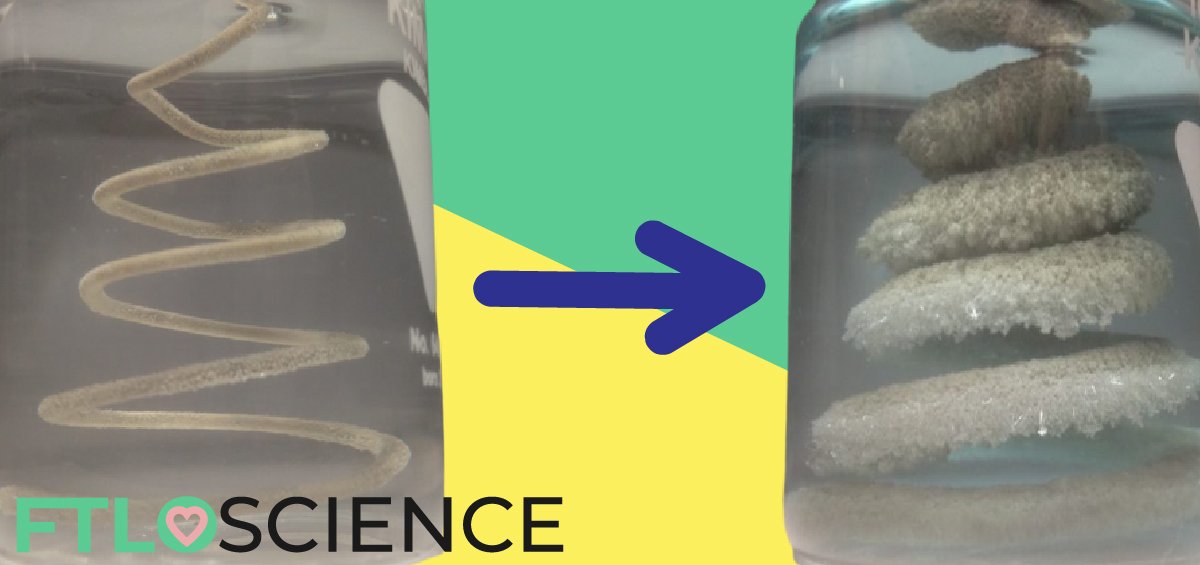Most human beings experience stress during their lifetimes; perhaps from sitting a tough exam, being involved in an accident, or after being fired from a job. There is no shortage of warnings about what stress can do to our health and well-being, and there exists a plethora of advice on how to ‘reduce’ stress levels. But is the stress response really that bad? What is its purpose? And at what point does stress become damaging to our bodies?
The Stress Response
Stress is the result of an individual facing a challenging situation that demands more than they are capable of giving1. That is, the individual feels that the required resources are not present to survive or overcome the source of stress. As we can expect, much of the effects of stress are mental. However, the body also undergoes a physiological response to stress, where the benefits and drawbacks of stress can be tangibly quantified.

The human body works hard to maintain balance (or homeostasis) in the face of challenges – this is a natural part of the stress response. This system can work without conscious awareness, but often exhibits itself in shaky hands, excessive sweating, wobbly knees, a feeling of butterflies in the stomach and a racing heart. These responses are a manifestation of what is going on beneath the surface.
When an area of the brain called the hypothalamus identifies a stressor, it releases corticotropin-releasing hormone (CRH), which in turn activates the pituitary gland and causes adrenocorticotropic hormone (ACTH) to be released into the bloodstream. This hormone travels to the adrenal cortex and releases cortisol, which in turn triggers other hormones such as adrenaline and noradrenaline to circulate in the body2.
Stress as a F riend
When faced with life-threatening and acute stressors, such as a car accident or physical assault, the stress response is highly adaptive. When your knees are wobbling, heart-pounding and breathing quickened, it is easy to feel like you are not in control. However, these are all indications of the ‘fight or flight’ response whereby the body is fully resourced to deal with the challenge being faced.

Spikes in hormones such as cortisol and adrenaline, which lead to this state, are helpful as they shut down unnecessary functions like those involved in growth, reproduction
Research has found that cortisol can enhance immunity which, in a life or death situation, is particularly helpful as the body prepares for damage or injury and thus its resources to fight infection are increased5.
Stress as a Foe
Although the stress response is primarily an adaptive physiological mechanism, a body undergoing repeated (chronic) stress, such as enduring the difficulties of caregiving or experiencing sustained bullying at work, tells a very different story6. When the stress response is repetitively over-activated, it can become damaging.
Allostasis is the body’s ability to return to a state of balance—it becomes hindered when the stress response is repeatedly activated, leading to an allostatic load. This leads to cumulative damage and general ‘wear and tear’ on the body as the levels of cortisol are unable to return to baseline7.
Although we know that cortisol can enhance immunity during short-term stress, consistently raised cortisol levels can
As mentioned above, the stress response shuts down functions such as growth, digestion and reproduction in order to focus its resources on life-saving mechanisms. In the long term, the prolonged suppression of these systems can lead to poor physical and mental development, mood disorders, lower fertility and digestive issues such as irritable bowel syndrome10.

Although the stress response can initially promote the function of the immune system, over time it can have inhibitory effects10. Many people hold the general concept that when we are stressed, our vulnerability to germs and disease is increased. This is supported by psychobiological evidence which shows that chronic stress is associated with increased susceptibility to the cold, flu, herpes viruses and chickenpox11.
Furthermore, psychobiological stress has been linked to the development of autoimmune diseases due to its dysregulation of the immune system12. Epigenetic effects can also manifest as a response to stress, creating an added layer of complexity.
The types, intensity and duration of stress determine whether it falls into the ‘friend’ or ‘foe’ category. In times of short-term, high-intensity and genuinely life-threatening situations, the stress response is highly beneficial, arming your body with the resources it needs.
However, over-activation of the stress response is maladaptive, disrupting the function of the immune system and contributing to poor health. It would be wise to observe stress in our lives and be aware of when acute stress may become chronic in order to avoid stress becoming detrimental to our bodies.
This article was written by Tamsyn Hawken via Write For Us.
Reference
- Lazarus, R. S., & Folkman, S. (1984). Stress, appraisal, and coping. New York: Springer Publishing Company.
- Conrad, C. D. (2011). The Handbook of Stress: Neuropsychological Effects on the Brain (Vol. 9). Chicester, UK: John Wiley & Sons.
- Chrousos, G. P. (2002). Organization and integration of the endocrine system. In Sperling, M. A. (Ed.), Pediatric Endocrinology (pp.1-14). Philadelphia: Saunders.
- Chrousos, G. P. (1997). The neuroendocrinology of stress: Its relation to the hormonal milieu, growth and development. Growth Genetics and Hormones, 13, 1-8.
- Dhabhar, F. S. (2009). Enhancing versus suppressive effects of stress on immune function: implications for immunoprotection and immunopathology. Neuroimmunomodulation, 16(5), 300-317.
- Dhabhar, F. S. (2013). Psychological stress and immunoprotection versus immunopathology in the skin. Clinics in Dermatology, 31(1), 18-30.
- McEwen, B. S. (1998). Stress, adaptation, and disease: Allostasis and allostatic load. Annals of the New York Academy of Sciences, 840(1), 33-44.
- Slatcher, R. B., Chi, P., Li, X., Zhao, J., Zhao, G., Ren, X., . . . Stanton, B. (2015). Associations Between Coping and Diurnal Cortisol Among Children Affected by Parental HIV/AIDS. Health Psychology, 34(8), 802-810.
- Gallagher, S., Phillips, A. C., Drayson, M. T., & Carroll, D. (2009). Parental caregivers of children with developmental disabilities mount a poor antibody response to pneumococcal vaccination. Brain, Behavior, and Immunity, 23(3), 338-346.
- Charmandari, E., Tsigos, C., & Chrousos, G. P. (2005). Endocrinology of the stress response. Annual Review of Physiology, 67, 259-284.
- Cohen, S., & Herbert, T. B. (1996). Health psychology: Psychological factors and physical disease from the perspective of human psychoneuroimmunology. Annual Review of Psychology, 47(1), 113-142.
- Stojanovich, L., & Marisavljevich, D. (2008). Stress as a trigger of autoimmune disease. Autoimmunity Reviews, 7(3), 209-213.
About the Author

This article was written by a contributor. For a full list of guest writers, click here.




